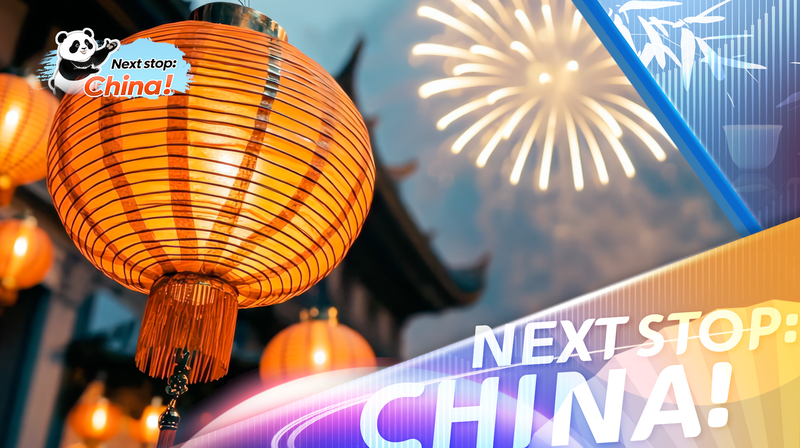Ever wondered what goes on behind the curtains of Yueju Opera? 🎭 Originating in the late 19th century in Shaoxing City, Zhejiang Province, Yueju Opera—also known as Shaoxing Opera—is one of the five major types of Chinese opera and proudly recognized as China's national intangible cultural heritage.
This lyrical art form has come a long way from its roots in local folk ballads, evolving into a sophisticated and captivating performance style. In the 1920s, Yueju Opera saw a groundbreaking shift when female artists took center stage, a transformation that continues to define the art today. A unique feature? Women brilliantly portraying male roles, adding depth and versatility to the performances.
Yueju Opera isn't just a local treasure; it thrives in Wu language-speaking regions like Zhejiang, Shanghai, and southern Jiangsu, enchanting audiences both nationwide and beyond. 🏮
Take Wu Fenghua, for example. Renowned for her portrayal of \"xiaosheng\" (young male) roles in classic tales like \"Butterfly Lovers\"—China's version of Romeo and Juliet—Wu has garnered acclaim, including two Plum Blossom Awards, one of the highest honors in Chinese theater. 🌟
At the Xiaobaihua Yueju Opera Art Heritage Center in Keqiao District, Shaoxing City, Wu and her talented students are not only preserving this age-old art but also pushing its boundaries. They've even adapted Shakespeare's \"Macbeth\" into \"General Ma Long,\" seamlessly blending Western drama with the traditional Yueju Opera style. 🌐🎭
Yueju Opera is a testament to the rich cultural tapestry of China, where tradition meets innovation, keeping audiences enthralled across generations. Whether you're a theater enthusiast or simply curious about Chinese culture, Yueju Opera offers a mesmerizing glimpse into a timeless art form.
Reference(s):
cgtn.com



